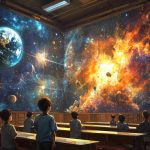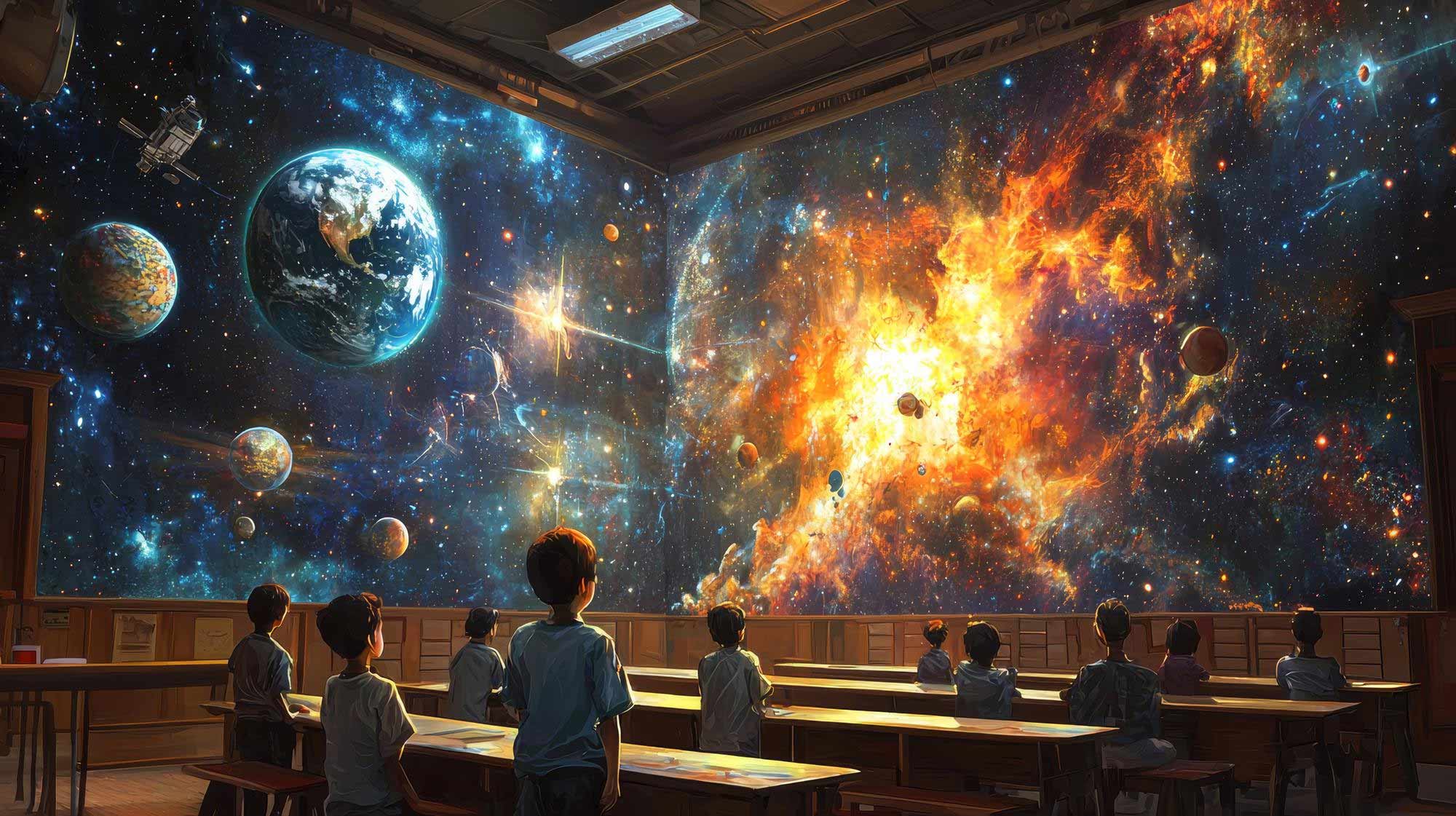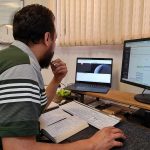
Discovering the Universe: How Online Observatories and Microscopes Transform Education

In today’s rapidly evolving educational landscape, technology plays a pivotal role in shaping how students engage with the world. Online observatories and microscopes are revolutionizing science education, offering students unique opportunities to explore the wonders of the universe and the microscopic world. These tools not only inspire curiosity but also eliminate traditional barriers to advanced scientific observation, making education more accessible and inclusive.
This article explores the benefits of online observatories and microscopes for both developed and developing countries, highlighting their transformative potential. We’ll also provide actionable recommendations for schools and universities to integrate these technologies into their curricula.
Online Observatories and Microscopes in Developed Countries
Developed nations often boast well-equipped educational institutions with access to state-of-the-art resources. However, online observatories and microscopes provide additional value by:
-
Expanding Learning Horizons
Students in developed countries can use these tools to observe celestial events, study deep-sky objects, or analyze microscopic organisms in real-time. This real-world application of scientific concepts fosters a deeper understanding and appreciation for the natural world. -
Promoting STEM Education
Online platforms make advanced technologies, like telescopes and microscopes, easily accessible. By engaging with these tools, students are more likely to develop an interest in STEM (science, technology, engineering, and mathematics) fields, encouraging them to pursue careers in these critical areas. -
Fostering Global Collaboration
Digital tools enable students and educators to collaborate with peers across the globe. For instance, an astronomy project might involve students from multiple countries observing the same celestial phenomena and sharing their findings, promoting teamwork and cultural exchange. -
Providing 24/7 Accessibility
Unlike traditional labs, online platforms operate around the clock. This flexibility allows students to participate in observations regardless of their time zone, making learning more adaptable to individual schedules.
Bridging the Gap in Developing Countries
In developing nations, where access to physical labs and advanced scientific equipment may be limited, online observatories and microscopes are a transformative solution.
-
Breaking Geographic Barriers
Students in remote or underserved areas can now access the same tools as those in major cities, leveling the playing field. All they need is a stable internet connection to explore the wonders of the cosmos or analyze microscopic life. -
Boosting Equal Opportunities
Online platforms eliminate the need for expensive equipment, ensuring that students from all socioeconomic backgrounds have equal access to quality science education. -
Inspiring Future Innovators
Exposure to advanced scientific tools can spark curiosity and innovation in young minds, encouraging them to think critically and explore new ideas. This is especially impactful in regions where students might not otherwise encounter such opportunities. -
Bridging Knowledge Gaps
By integrating these tools into classrooms, developing countries can modernize their education systems and prepare students to compete in the global workforce.
Recommendations for Schools and Universities
To fully harness the potential of online observatories and microscopes, educational institutions should:
-
Partner with Online Platforms
Collaborate with organizations like UniverseAlive.today, which offers cutting-edge online tools for observing the universe and exploring microscopic worlds. These partnerships provide students and educators with access to top-tier resources. -
Integrate Tools into Curricula
Incorporate online observatories and microscopes into science curricula to enhance traditional lessons with practical, real-time applications. For example, an astronomy class could include live observations of planets or galaxies, while a biology class could involve detailed examinations of microorganisms. -
Offer Training for Educators
Teachers need to be comfortable using these tools to guide students effectively. Schools and universities should invest in training programs to ensure educators are well-equipped to incorporate technology into their teaching. -
Organize Interactive Events
Host observation nights, science fairs, or workshops where students can showcase their findings. This encourages hands-on learning and fosters a sense of community engagement. -
Promote Cross-Disciplinary Learning
Encourage students to explore the connections between astronomy, biology, physics, and other fields. Online observatories and microscopes provide a unique opportunity to study how these disciplines intersect.
UniverseAlive.today: Unlocking the Hidden Universe
One exemplary platform leading this transformation is UniverseAlive.today. By offering access to advanced image-processing systems and real-time observation tools, UniverseAlive allows users—students, educators, and science enthusiasts alike—to explore the universe’s hidden beauty. Their innovative technologies, such as the image processing system at the IRISA Observatory, deliver stunning visuals and unparalleled insights into the cosmos.
Schools and universities can leverage UniverseAlive to inspire the next generation of scientists, fostering curiosity and a lifelong passion for discovery.
The Future of Education: Connected and Inclusive
Online observatories and microscopes are reshaping science education, making it more accessible, engaging, and inclusive. For developed countries, these tools offer an opportunity to expand the boundaries of traditional learning, while in developing nations, they provide a pathway to bridge educational gaps and inspire innovation.
By collaborating with platforms like UniverseAlive.today, schools and universities can connect students to the wonders of the universe and empower them to dream beyond the stars. Let’s embrace these technologies to unlock a brighter, more curious future for all.


